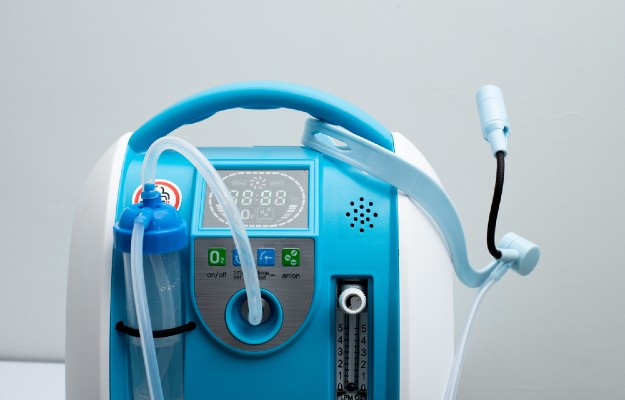Updated on April 14, 2020
Droplet transmission is one of the most common modes of transmission of respiratory diseases. When someone with an infection sneezes, coughs or talks, they release small droplets that can stay in the air or land on surfaces. These droplets contain the infectious microbe - a healthy person can easily be infected by such droplets if they come in contact with the infected person or any surface contaminated by these droplets.
Current evidence shows that COVID-19 can also spread through respiratory droplets. The World Health Organization has suggested maintaining a distance of at least 1 metre and maintaining hand hygiene (just in case you touch a contaminated surface) as preventive measures against the spread of the disease. (Read more: How does COVID-19 spread)
But why only 1 metre? And what all factors contribute to the spread of respiratory droplets? Read on to find out.
























